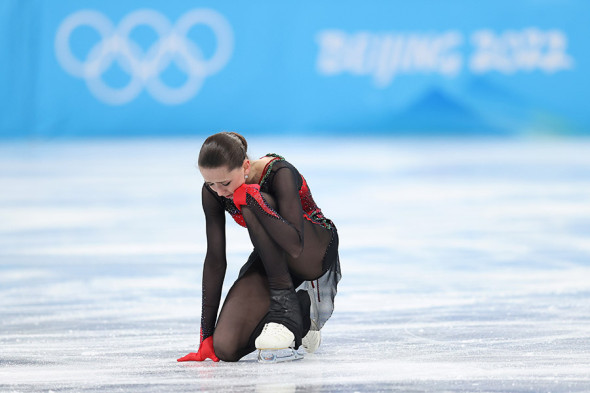Doping at the Olympic Games
725 views, 06.05.2024
Doping at the Olympic Games has been a significant and ongoing issue, challenging the integrity and spirit of the Games. Over the years, several athletes have been caught using performance-enhancing drugs to gain an unfair advantage in competition, leading to scandals that have marred the reputation of the Olympics. The International Olympic Committee (IOC) and the World Anti-Doping Agency (WADA) have continuously worked to implement stricter anti-doping measures and more sophisticated testing techniques. Here’s a look at how doping has impacted the Olympics and the measures taken to combat it:
Historical Context and Notable Incidents
1960 Rome Olympics: Swedish pentathlete Hans-Gunnar Liljenwall was the first athlete to be disqualified for doping after he tested positive for excessive alcohol.
1988 Seoul Olympics: Canadian sprinter Ben Johnson famously won the 100-meter sprint, setting a new world record, only to be stripped of his medal three days later after testing positive for anabolic steroids. This incident brought widespread attention to the issue of doping in sports.
1998 Nagano Olympics: The implementation of more rigorous testing led to the discovery of various forms of doping across several sports.
2000 Sydney Olympics: A number of athletes were disqualified for using performance-enhancing drugs, most notably the entire Romanian women’s gymnastics team who were stripped of their gold medals for doping.
Evolution of Anti-Doping Measures
To combat the evolving challenge of doping, the IOC has implemented several strategies, including:
The Establishment of WADA: Founded in 1999, the World Anti-Doping Agency aims to promote, coordinate, and monitor the fight against drugs in sports. WADA’s establishment was partly a response to the doping scandals of the 1990s.
The Introduction of the Athlete Biological Passport: Launched in the 2000s, this system monitors selected biological variables over time, making it harder for athletes to use certain types of drugs undetected.
Increased Frequency and Sensitivity of Drug Tests: The IOC has ramped up the number of tests conducted both in and out of competition. Technologies such as gas chromatography-mass spectrometry and high-resolution mass spectrometry have improved the detection of banned substances.
Retrospective Testing: The IOC now stores athletes’ samples for up to ten years, allowing them to re-test samples when new testing methods become available. This approach has led to several retrospective disqualifications.
Education and Prevention Programs: These aim to educate athletes about the rules of anti-doping and the health risks associated with using performance-enhancing drugs.
Challenges and Criticisms
Despite improved testing methods, doping remains a significant challenge due to:
Evolving Nature of Doping Techniques: As testing techniques improve, so do the methods of doping, which become more sophisticated and harder to detect.
Political and Financial Interests: Some argue that there are inconsistencies in how doping regulations are applied, influenced by political and financial interests, especially in high-stake competitions like the Olympics.




